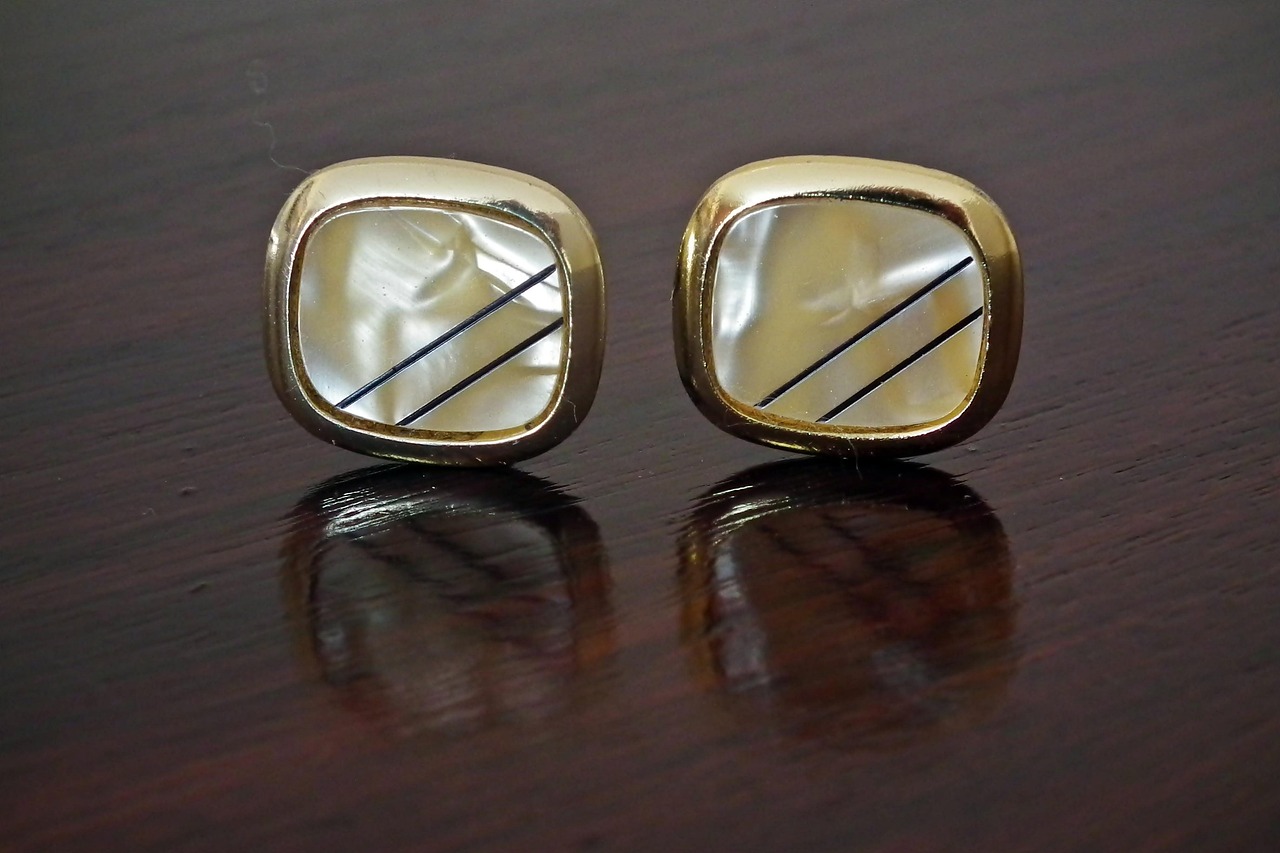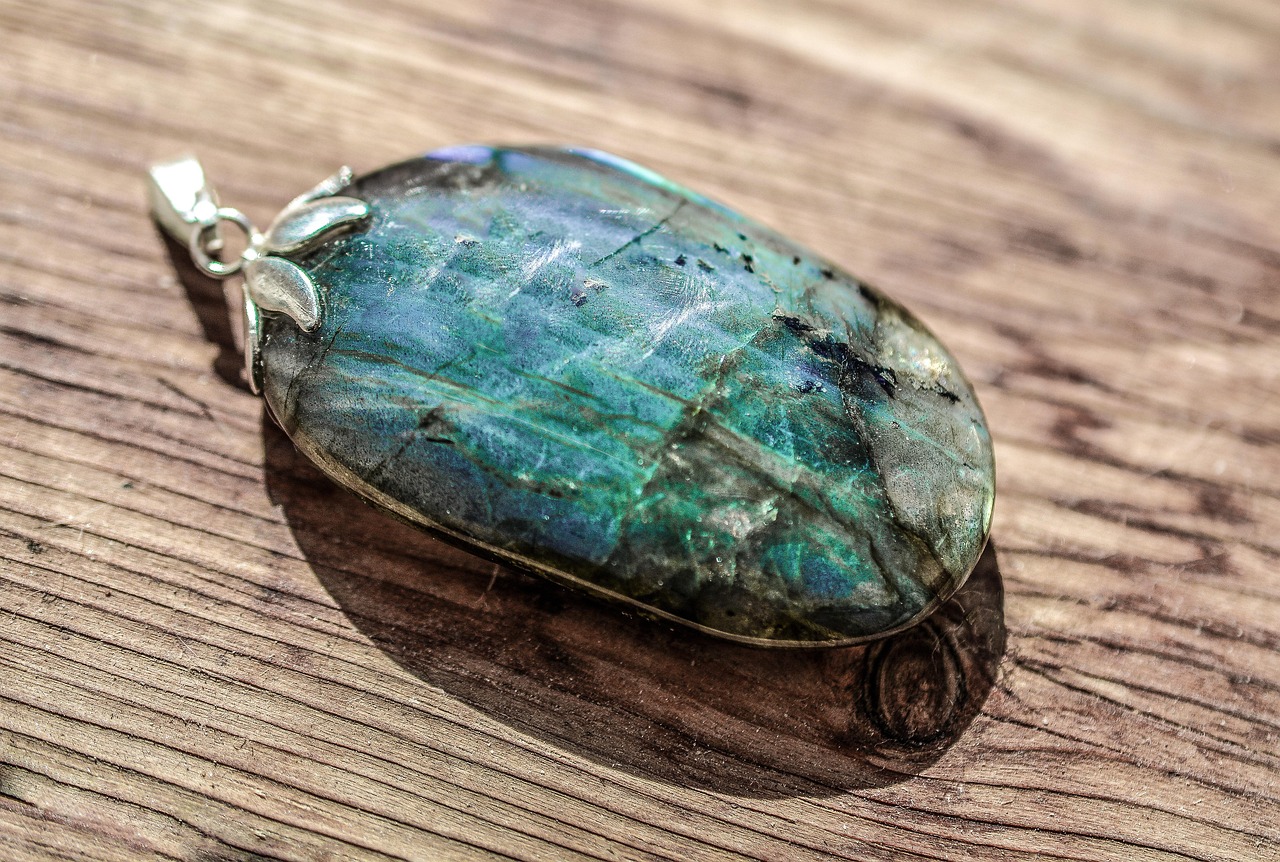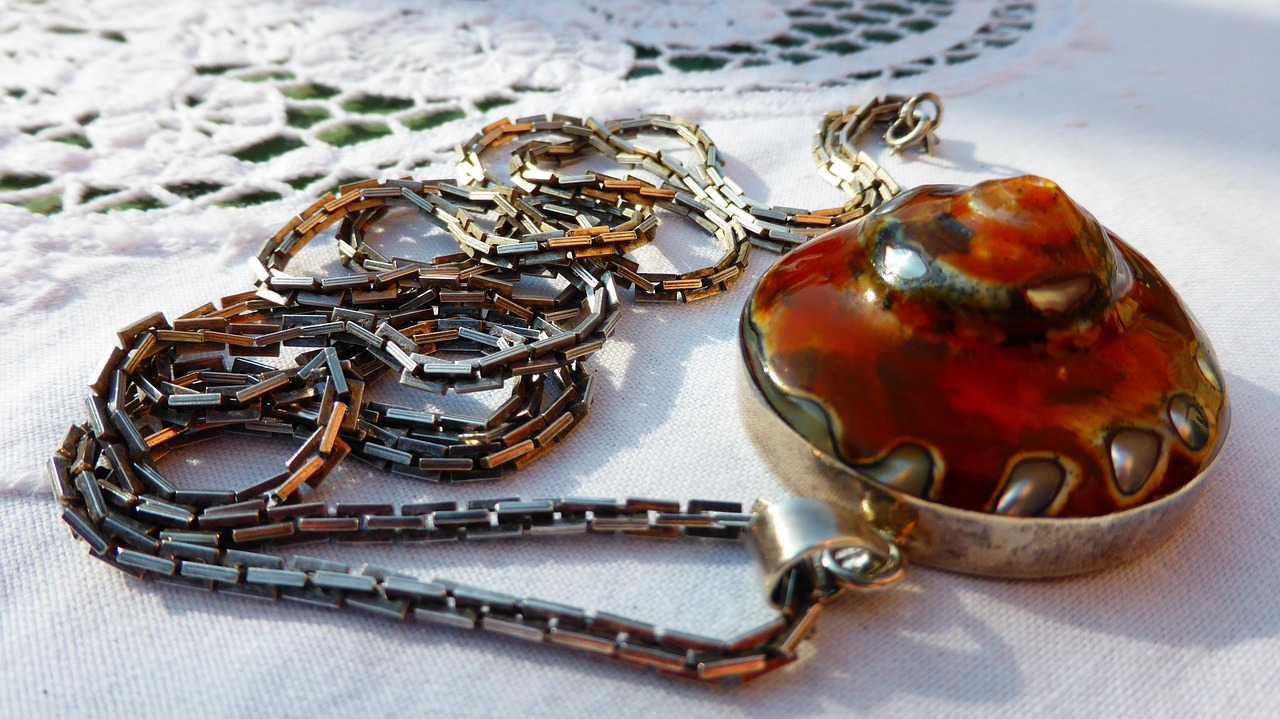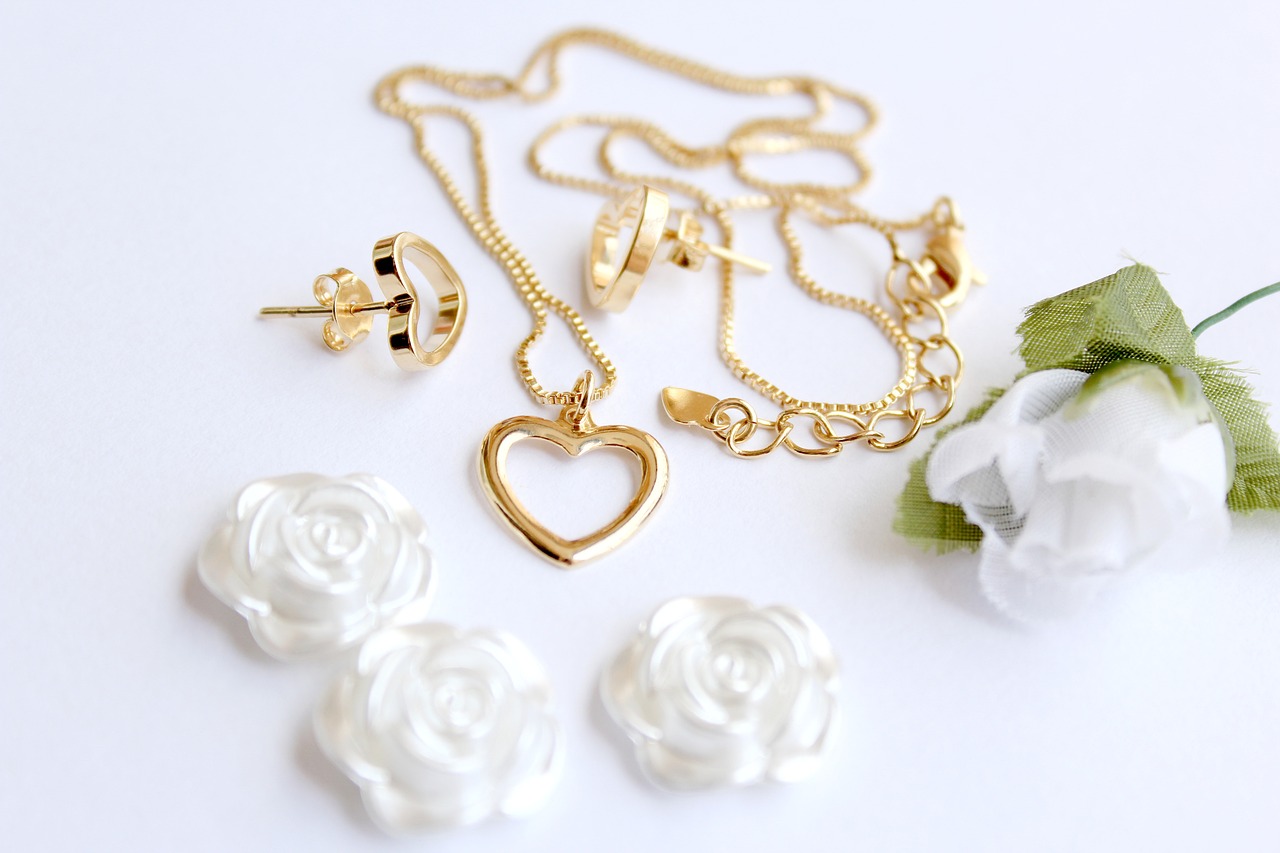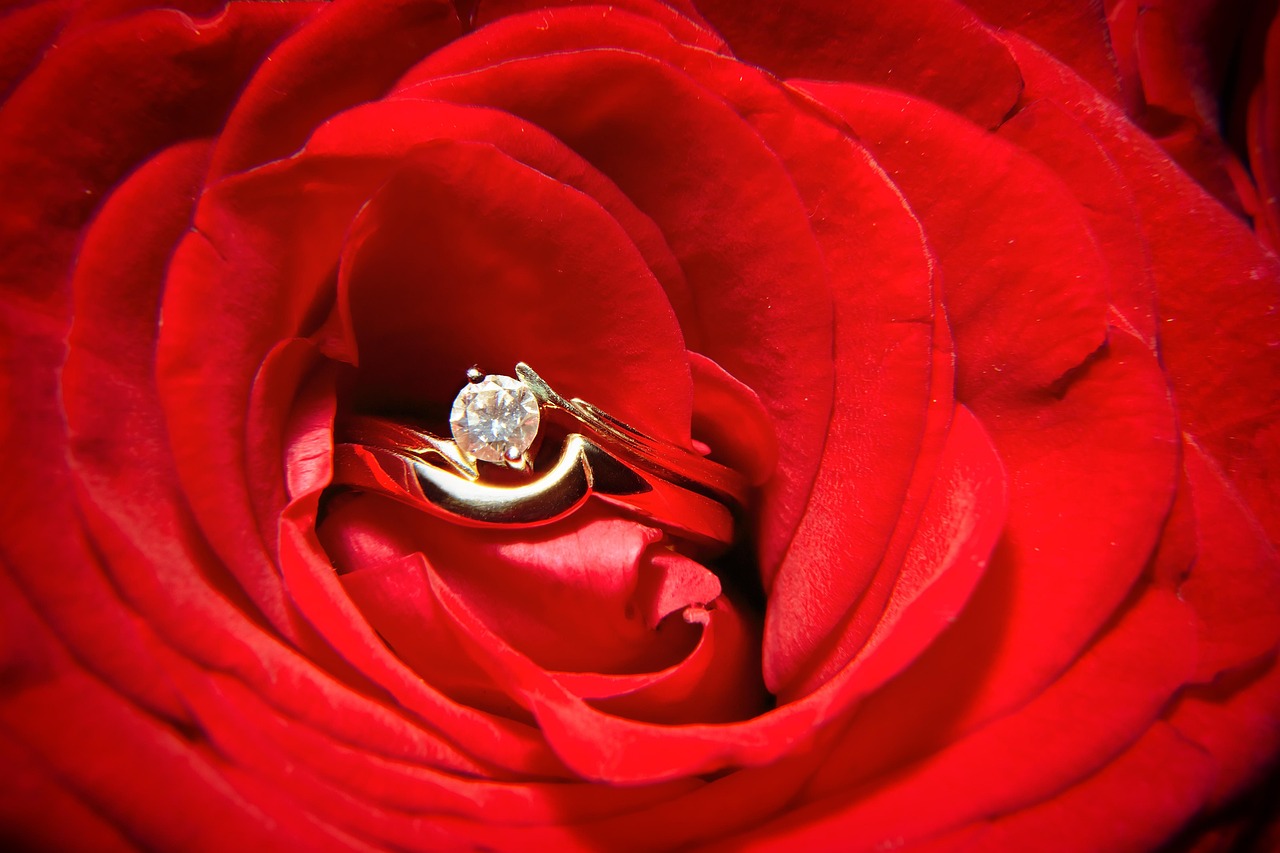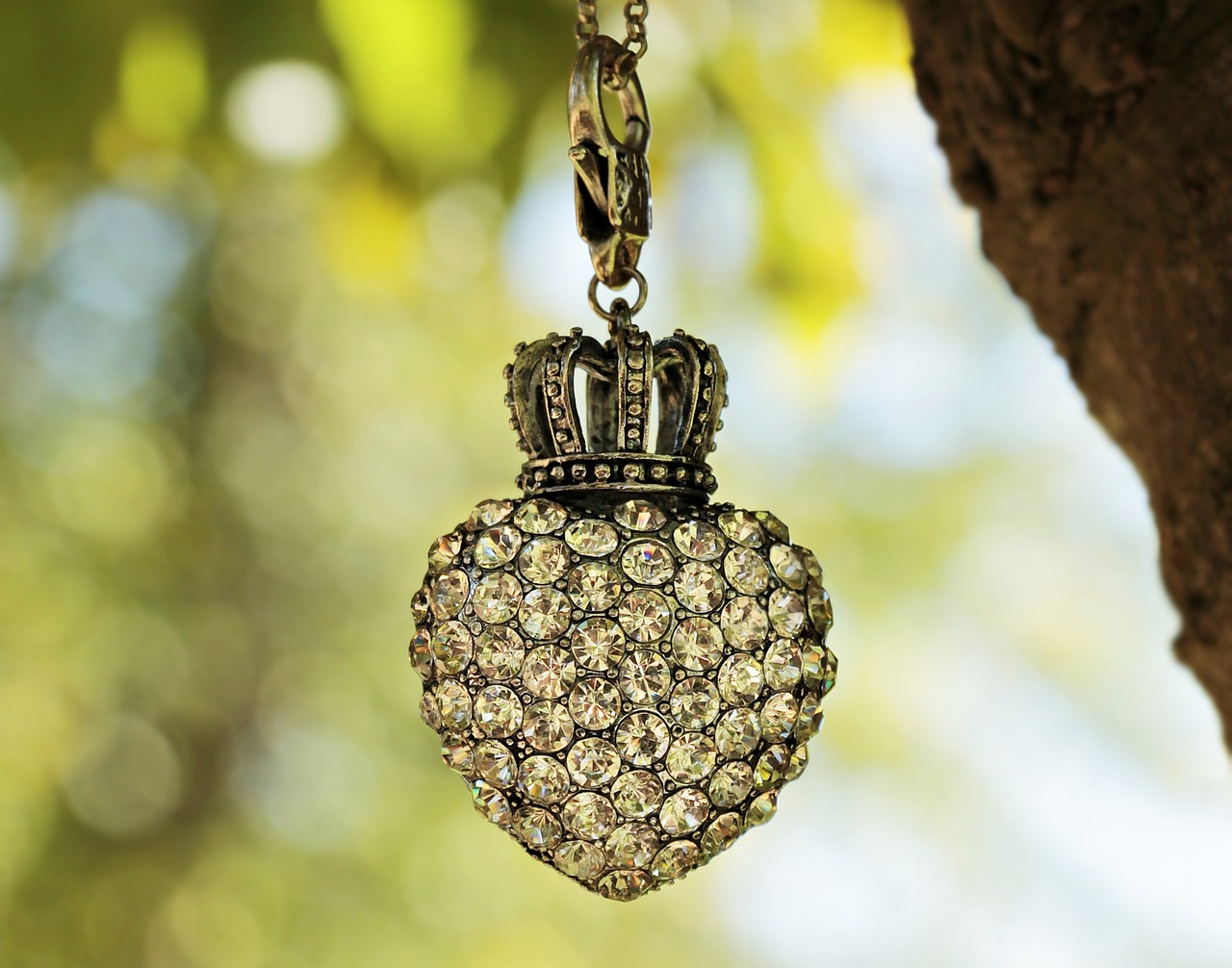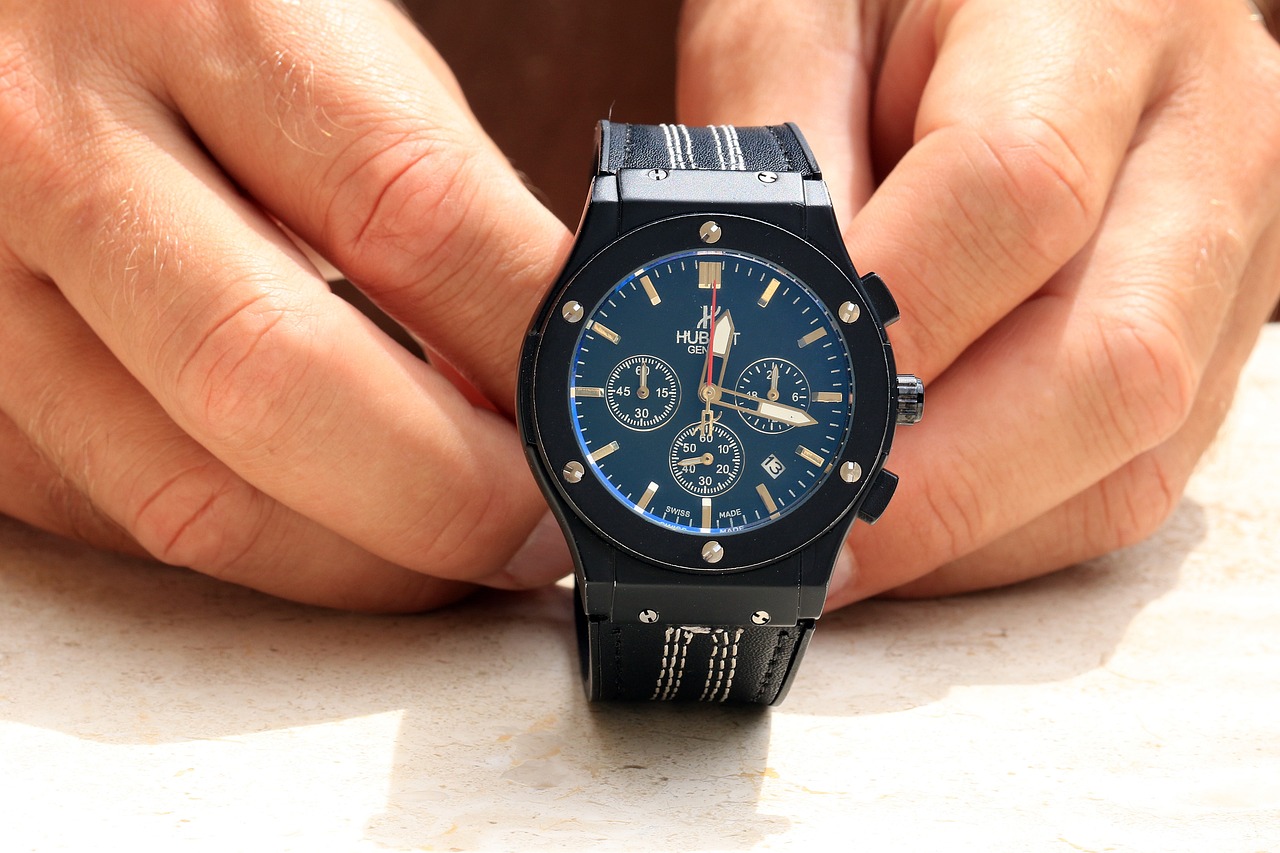This article delves into the captivating world of luxury jewelry by examining three of the most esteemed brands: Cartier, Tiffany & Co., and Bvlgari. Each brand has carved a unique niche in the luxury market, characterized by their rich histories, exceptional craftsmanship, and distinctive product offerings. By analyzing these aspects, we aim to uncover which brand truly stands out.
Founded in 1847 by Louis-François Cartier in Paris, Cartier has a storied history that reflects its evolution into a symbol of luxury and elegance. Initially catering to the French aristocracy, Cartier gained fame for its intricate designs and innovative use of materials. The brand’s creations, such as the iconic Tank watch and Love bracelet, have become timeless classics, appealing to royalty and celebrities alike. Over the decades, Cartier has maintained its reputation for exclusivity and quality, solidifying its position as a leader in the luxury jewelry market.
Established in 1837 by Charles Lewis Tiffany and John B. Young, Tiffany & Co. transformed the jewelry landscape with its innovative marketing strategies and the introduction of the blue box, which has become synonymous with luxury gifting. Tiffany’s commitment to quality is evident in its diamond sourcing and craftsmanship, particularly in its renowned engagement rings. The brand’s ability to blend tradition with modernity has made it a staple in popular culture, often featured in films and celebrated by celebrities.
Founded in 1884 by Sotirio Bulgari in Rome, Bvlgari is distinguished by its bold designs and vibrant gemstones. The brand is known for its unique aesthetic that merges Italian craftsmanship with contemporary style. Signature collections like the Serpenti line showcase Bvlgari’s innovative approach to jewelry design, often incorporating unexpected materials and colors. This daring creativity attracts a diverse clientele, from fashion-forward individuals to art collectors.
While all three brands uphold high standards of craftsmanship, their techniques and materials vary significantly. Cartier is renowned for its intricate metalwork and gemstone settings, often using high-quality diamonds and precious metals. Tiffany & Co. emphasizes ethical sourcing, particularly in its diamonds, ensuring that each piece meets rigorous quality standards. Bvlgari, on the other hand, is celebrated for its artistic designs, often featuring unconventional stones and bold color combinations that reflect its Italian heritage.
- Cartier: The Love bracelet and the Panthère collection are among its most iconic pieces.
- Tiffany & Co.: The Tiffany Setting engagement ring and the Return to Tiffany collection are signature offerings.
- Bvlgari: The Serpenti collection and the B.Zero1 rings highlight the brand’s unique style.
Pricing strategies vary widely among Cartier, Tiffany, and Bvlgari, influenced by factors such as material quality, craftsmanship, and brand positioning. Cartier tends to position itself at a premium price point due to its heritage and exclusivity. Tiffany & Co. offers a range of prices, appealing to both high-end shoppers and those seeking entry-level luxury. Bvlgari, with its bold designs, often commands a similar premium, reflecting its unique artistic vision.
Each brand employs distinct marketing strategies to enhance its visibility and appeal. Cartier often collaborates with high-profile celebrities and influencers, leveraging their status to reach affluent consumers. Tiffany & Co. utilizes emotional storytelling, particularly around engagements and weddings, to connect with customers. Bvlgari focuses on artistic collaborations and high-fashion partnerships, showcasing its pieces in luxury fashion shows and events.
All three brands possess a strong brand image, but their appeal differs among consumers. Cartier is often viewed as the epitome of classic luxury, while Tiffany & Co. resonates with those seeking romance and tradition. Bvlgari attracts a more avant-garde audience, drawn to its bold, artistic pieces. These differing identities influence customer loyalty and purchasing decisions.
Examining popular products reveals consumer preferences. Cartier’s Love bracelet remains a timeless favorite, while Tiffany’s engagement rings are synonymous with love and commitment. Bvlgari’s Serpenti collection continues to captivate with its striking designs, appealing to those who appreciate unique artistry.
Customer experiences play a vital role in the luxury sector. Cartier is known for its personalized service, often providing bespoke options for clients. Tiffany & Co. offers a welcoming shopping environment, enhancing the overall experience for customers. Bvlgari’s luxury boutiques emphasize exclusivity, providing a unique shopping atmosphere that complements its bold designs.
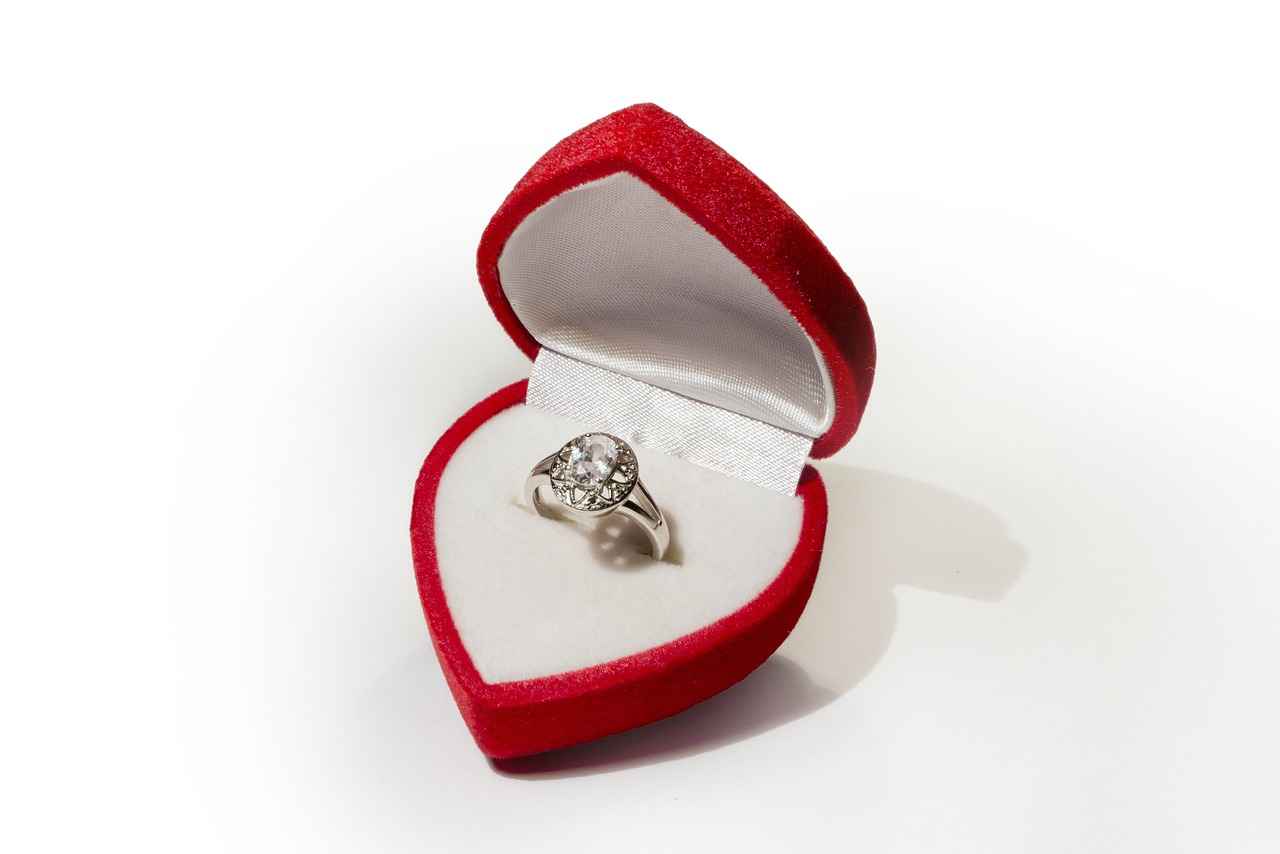
What is the History of Cartier?
Cartier, a name synonymous with luxury and sophistication, has a rich history that dates back to 1847. Founded by Louis-François Cartier in Paris, the brand began as a modest jewelry workshop. Over the years, it has transformed into a global luxury powerhouse, renowned for its exquisite designs and prestigious clientele, including royalty and celebrities.
The journey of Cartier is marked by innovation and artistry. In the late 19th century, Cartier gained fame for its unique approach to jewelry design, characterized by intricate craftsmanship and the use of high-quality materials. The brand’s signature style emerged during this period, which included the creation of the iconic Cartier Love bracelet in the 1970s, a symbol of eternal love and commitment.
One of the pivotal moments in Cartier’s history was its designation as the “Jeweler of Kings” in the early 20th century. This title was solidified when King Edward VII of England referred to Cartier as such, leading to a surge in royal commissions and establishing the brand’s reputation as a purveyor of luxury. The royal connections extended beyond the British monarchy, with notable clients including the Russian Imperial family and various European nobility.
Throughout its history, Cartier has embraced cultural influences, often incorporating elements from different eras into its designs. The Art Deco movement in the 1920s saw Cartier producing bold, geometric pieces that remain highly sought after today. This adaptability and willingness to evolve have played a crucial role in maintaining the brand’s relevance in the ever-changing luxury market.
Cartier’s commitment to craftsmanship is evident in its meticulous attention to detail. Each piece is a testament to the skill of the artisans who create them, often taking months to complete. The brand is also known for its innovative use of materials, including rare gemstones and platinum, which further enhances the allure of its jewelry.
As Cartier entered the 21st century, it continued to expand its global presence, opening boutiques in key luxury markets around the world. The brand’s marketing strategies have evolved as well, leveraging digital platforms to reach a younger audience while maintaining its prestigious image. Collaborations with contemporary artists and designers have also allowed Cartier to stay relevant and appeal to new generations of luxury consumers.
Today, Cartier stands as a symbol of timeless elegance and luxury. Its rich heritage, combined with a forward-thinking approach, ensures that it remains a leader in the jewelry industry. The brand’s ability to blend tradition with modernity has solidified its status as one of the most esteemed names in luxury jewelry, making it a favorite among collectors and enthusiasts alike.
In summary, Cartier’s evolution from a small Parisian workshop to a global luxury icon is a testament to its enduring legacy in the world of jewelry. With a history steeped in royalty, innovation, and craftsmanship, Cartier continues to captivate audiences with its exquisite designs and rich storytelling.
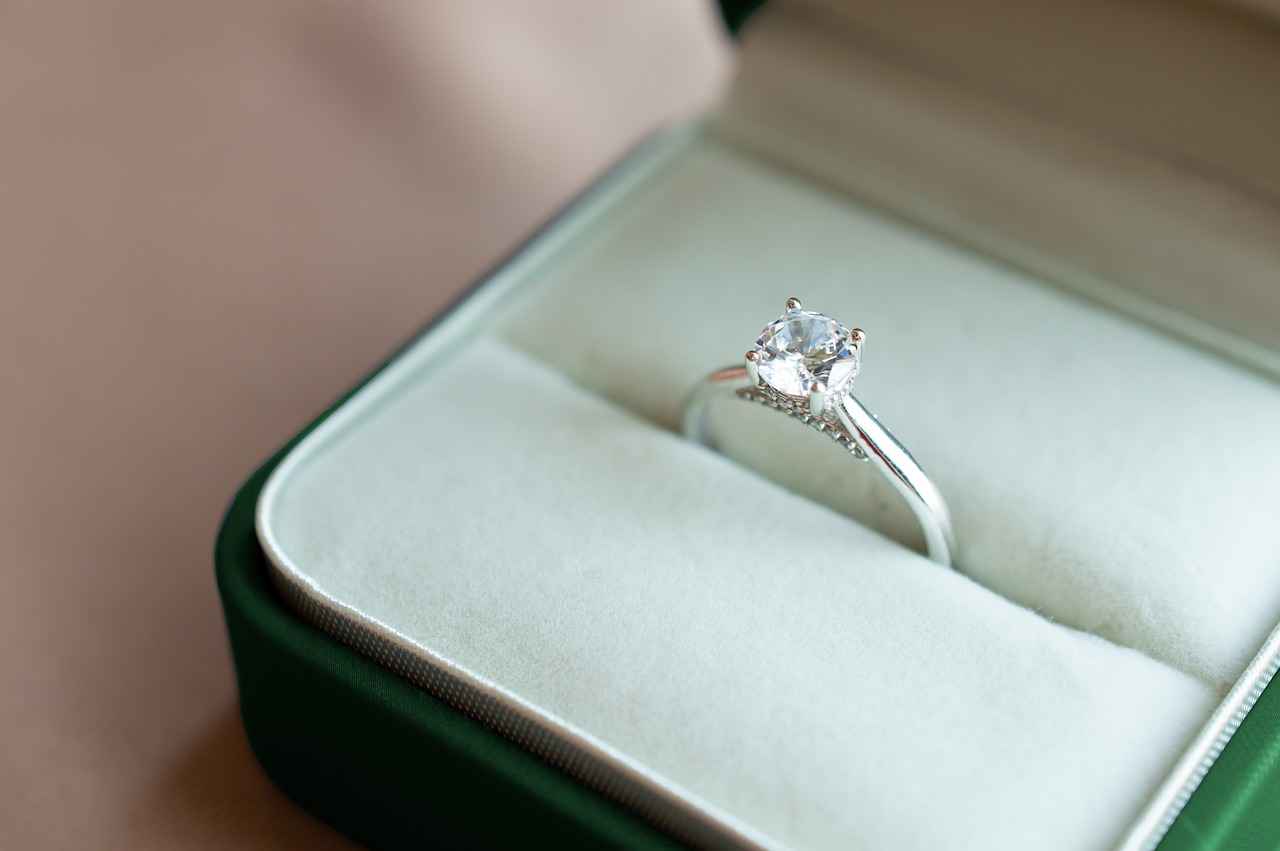
How Did Tiffany & Co. Become a Household Name?
Tiffany & Co. has become synonymous with luxury, elegance, and romance, but how did this iconic brand achieve such a remarkable status? Established in 1837 by Charles Lewis Tiffany and John B. Young in New York City, Tiffany & Co. initially started as a stationery and fancy goods store. However, it quickly transitioned into the jewelry business, setting the stage for a legacy that would revolutionize the industry.
Innovative Marketing Strategies
One of the pivotal moments in Tiffany’s history was its focus on innovative marketing strategies. In the late 19th century, Tiffany introduced the concept of the engagement ring as a symbol of love and commitment. This was a groundbreaking idea that not only changed consumer behavior but also established the brand as a leader in the jewelry market. The iconic Tiffany Blue Box, introduced in 1845, became a hallmark of luxury, making every purchase feel special and unique.
Iconic Designs and Craftsmanship
Tiffany & Co. is renowned for its exquisite craftsmanship and timeless designs. The brand’s commitment to quality is evident in its use of the finest materials, including ethically sourced diamonds and precious metals. The Tiffany Setting, introduced in 1886, revolutionized the way diamond rings were designed, allowing for maximum light exposure and brilliance. This innovative design has remained a bestseller and is a staple in the engagement ring market.
Celebrity Endorsements and Cultural Impact
Throughout its history, Tiffany & Co. has successfully leveraged celebrity endorsements and cultural moments to enhance its brand image. From Audrey Hepburn’s iconic portrayal in “Breakfast at Tiffany’s” to collaborations with contemporary artists and designers, the brand has maintained its relevance across generations. These partnerships have not only reinforced its status but have also made Tiffany a part of popular culture.
Strategic Expansion and Global Presence
As Tiffany & Co. grew, it strategically expanded its presence internationally, opening flagship stores in major cities around the world. This global reach has allowed the brand to tap into diverse markets while maintaining its luxurious image. The brand’s commitment to sustainability and ethical practices has also resonated with modern consumers, further solidifying its reputation.
Community Engagement and Philanthropy
Tiffany & Co. has also engaged in various philanthropic efforts, supporting causes such as environmental conservation and social justice. This commitment to giving back enhances its brand image, appealing to socially conscious consumers who value corporate responsibility.
Conclusion
Through innovative marketing, exquisite craftsmanship, strategic expansion, and a commitment to social responsibility, Tiffany & Co. has successfully established itself as a household name in the luxury jewelry market. Its ability to adapt to changing consumer preferences while maintaining its core values has ensured its place as a leader in the industry.
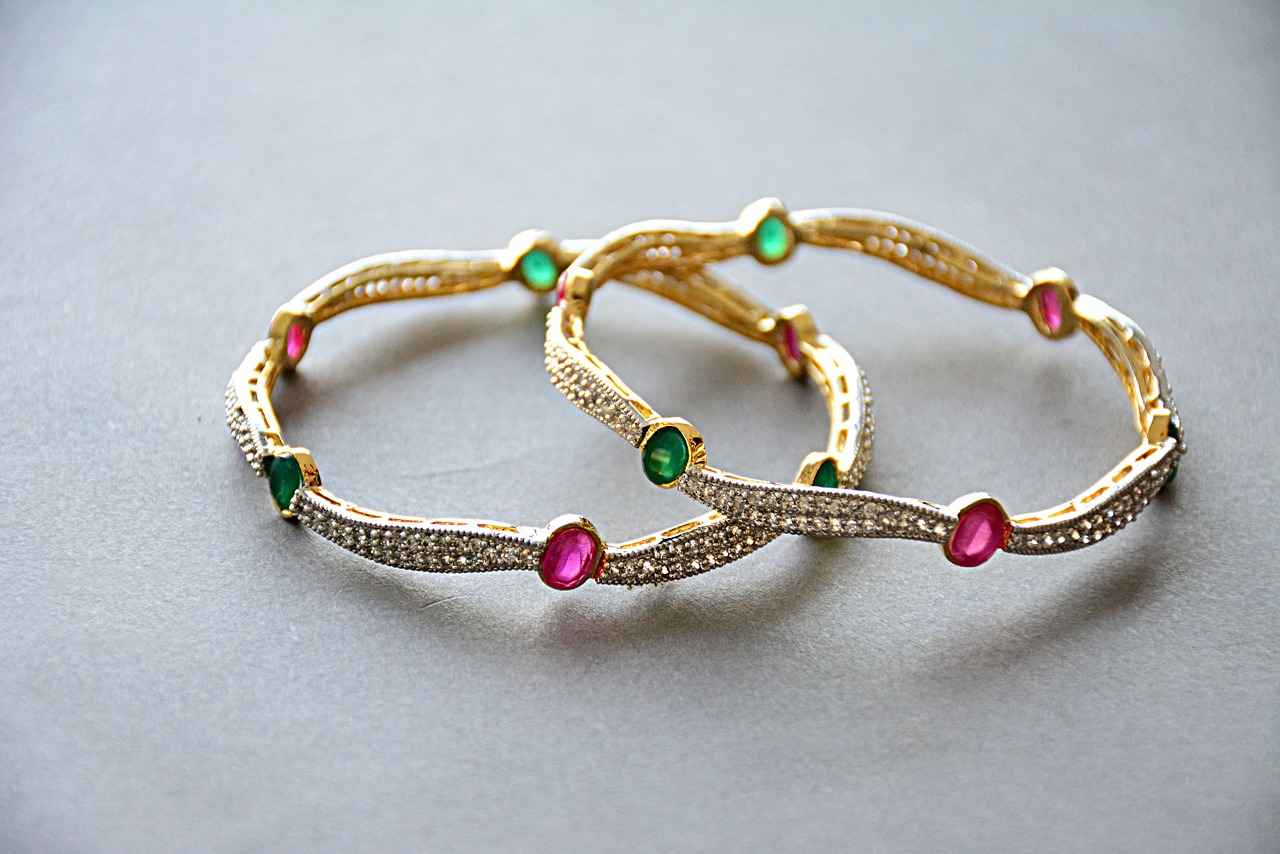
What Makes Bvlgari Unique in the Jewelry World?
Bvlgari, established in 1884, stands out in the luxury jewelry world for its distinctive approach to design and craftsmanship. The brand has become synonymous with boldness and innovation, seamlessly blending traditional Italian artistry with a contemporary flair that appeals to a wide array of customers.
At the heart of Bvlgari’s unique identity lies its design philosophy. The brand is renowned for its use of vibrant gemstones and unconventional color combinations, often drawing inspiration from Roman history and architecture. This reflects a deep appreciation for heritage while catering to modern tastes. Bvlgari’s pieces are characterized by their sculptural forms and intricate details, making each item a statement of artistic expression.
Bvlgari’s commitment to Italian craftsmanship is evident in every piece it creates. The brand employs skilled artisans who utilize time-honored techniques passed down through generations. Each piece undergoes meticulous attention to detail, ensuring that quality is never compromised. This dedication to craftsmanship not only enhances the durability of the jewelry but also elevates its aesthetic appeal.
Bvlgari boasts several signature collections that highlight its unique style. The Serpenti line, for instance, features elegant designs inspired by the serpent, symbolizing wisdom and renewal. The Divas’ Dream collection showcases the brand’s ability to blend femininity with strength, using intricate motifs and colorful stones. Each collection tells a story, resonating with customers who appreciate both beauty and meaning.
The brand image of Bvlgari is one of luxury and exclusivity. Unlike some of its competitors, Bvlgari has carved out a niche that celebrates a more eclectic style, appealing to those who seek individuality in their luxury purchases. The brand’s marketing strategies often feature high-profile celebrity endorsements and collaborations, further enhancing its allure in the luxury market.
Bvlgari’s pricing reflects its commitment to quality and exclusivity. The brand positions itself in the high-end market, with prices that cater to affluent customers. Factors influencing pricing include the rarity of materials, the complexity of design, and the brand’s overall prestige. This strategy not only reinforces the luxury status of Bvlgari but also ensures that its pieces remain coveted among collectors.
Customer engagement is a cornerstone of Bvlgari’s business model. The brand invests in creating memorable shopping experiences through personalized services, exclusive events, and bespoke offerings. This focus on customer satisfaction helps Bvlgari cultivate a loyal clientele that values the brand’s commitment to excellence and innovation.
As Bvlgari looks towards the future, it continues to innovate while remaining true to its roots. The brand is exploring sustainable practices, ensuring that its materials are ethically sourced. This commitment to sustainability aligns with the growing consumer demand for responsible luxury, positioning Bvlgari as a forward-thinking leader in the jewelry industry.
In summary, Bvlgari’s unique blend of bold design, Italian craftsmanship, and strong brand identity not only sets it apart from competitors but also ensures its place as a beloved name in the luxury jewelry market.

How Do the Craftsmanship Standards Compare?
When it comes to luxury jewelry, craftsmanship is a crucial element that sets brands apart. Each of the three iconic brands—Cartier, Tiffany & Co., and Bvlgari—maintains exceptionally high standards of craftsmanship. However, their unique techniques and materials lead to distinct differences in the overall quality and uniqueness of their jewelry pieces.
Cartier is renowned for its meticulous attention to detail and innovative techniques. The brand employs traditional methods such as hand engraving and stone setting, which require a high level of skill and expertise. Cartier’s artisans often spend hours perfecting each piece, ensuring that every detail is flawless. The use of high-quality materials, including platinum and 18k gold, further enhances the durability and elegance of their jewelry. This commitment to craftsmanship has established Cartier as a symbol of luxury and sophistication.
Tiffany & Co. is synonymous with elegance, and its craftsmanship reflects this aesthetic. The brand places a strong emphasis on ethical sourcing of materials, ensuring that their diamonds and precious metals are responsibly obtained. Tiffany’s artisans utilize advanced technology alongside traditional methods, allowing for precision in design and execution. Their signature setting techniques, such as the iconic Tiffany Setting for engagement rings, showcase their dedication to creating pieces that are not only beautiful but also structurally sound.
Bvlgari is celebrated for its bold and innovative designs, which are a testament to its unique craftsmanship. The brand often incorporates vibrant gemstones and unusual color combinations, reflecting its Italian heritage. Bvlgari’s artisans are skilled in a variety of techniques, including enameling and mosaic work, which add a distinctive flair to their jewelry. Their commitment to quality is evident in the way they blend traditional craftsmanship with modern design elements, appealing to a diverse clientele.
The choice of materials plays a significant role in defining the craftsmanship of each brand. Cartier often uses exquisite gemstones, including rare and vintage stones, which require specialized skills to set and maintain. Tiffany & Co. focuses on high-quality diamonds that are expertly cut to maximize brilliance, while Bvlgari is known for its use of colored gemstones that are both striking and unique. The distinct characteristics of these materials directly influence the techniques employed by each brand’s artisans.
Heritage is a vital aspect of each brand’s identity, shaping their approach to craftsmanship. Cartier’s long history of serving royalty and celebrities has instilled a sense of tradition in their craftsmanship, emphasizing timeless elegance. Tiffany & Co.’s legacy of innovation has led to a focus on modern techniques that maintain their classic appeal. In contrast, Bvlgari’s Italian roots inspire a sense of artistic freedom, allowing for more experimental designs. This blend of heritage and modernity enhances the uniqueness of each brand’s offerings.
Customer preferences also play a crucial role in shaping the craftsmanship standards of these luxury brands. As consumers become more discerning, they seek pieces that reflect their individuality and values. This demand influences how Cartier, Tiffany, and Bvlgari approach their craftsmanship, driving them to innovate and adapt while maintaining their signature styles. The result is a dynamic interplay between tradition and modernity, ensuring that each piece resonates with the desires of today’s luxury consumers.
In conclusion, while Cartier, Tiffany & Co., and Bvlgari all uphold high craftsmanship standards, their unique techniques and materials create a diverse landscape in the luxury jewelry market. Understanding these differences not only enhances appreciation for each brand but also helps consumers make informed choices when selecting exquisite jewelry pieces.
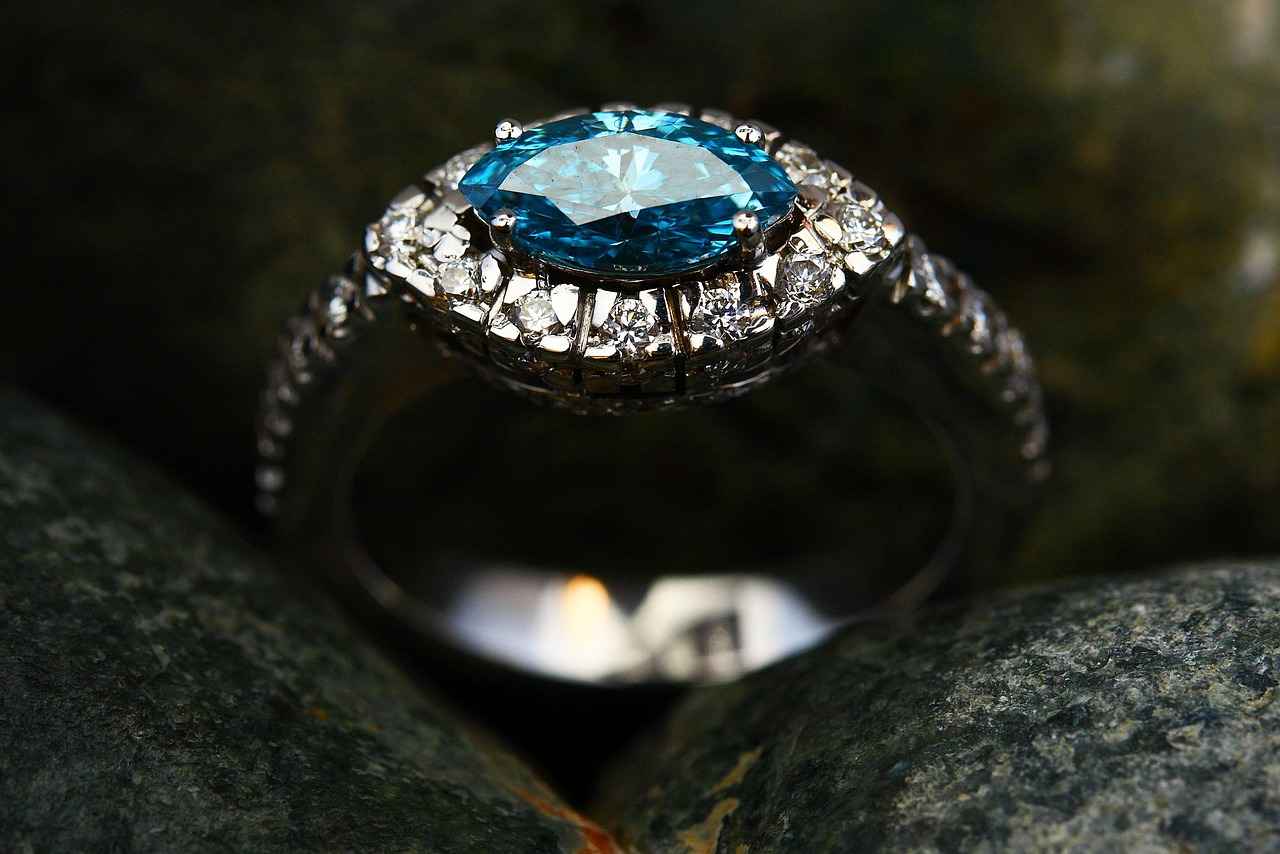
What Are the Signature Collections of Each Brand?
When it comes to luxury jewelry, Cartier, Tiffany & Co., and Bvlgari are three names that stand out prominently. Each of these prestigious brands boasts signature collections that not only reflect their unique heritage but also showcase their exceptional craftsmanship. In this section, we will explore the hallmark pieces from each brand and what makes them truly distinctive.
Cartier is renowned for its timeless elegance and innovative designs. One of its most iconic pieces is the Love bracelet, which symbolizes eternal love and commitment. Launched in the 1970s, this bracelet features a unique locking mechanism that requires a special screwdriver to open, making it a cherished item for couples around the world. Another notable collection is the Panthère de Cartier, which draws inspiration from the panther, a symbol of strength and grace. This collection includes rings, necklaces, and watches that are intricately designed to embody the fierce yet elegant nature of the panther.
Tiffany & Co. has captivated hearts since its inception in 1837. The brand is best known for its stunning engagement rings, particularly the classic Tiffany Setting. This design elevates the diamond above the band, allowing maximum light exposure for a brilliant sparkle. The signature Tiffany Blue Box is also a hallmark of the brand, representing luxury and sophistication. Additionally, the Return to Tiffany collection features pieces that are engraved with the iconic “Please Return to Tiffany & Co.” message, embodying the brand’s commitment to authenticity and personal connection.
Bvlgari, with its roots in Italy, is celebrated for its bold and vibrant designs. The Serpenti collection is perhaps the most recognizable, featuring pieces that mimic the sinuous form of a serpent. This collection includes bracelets, watches, and necklaces that are adorned with colorful gemstones, reflecting the brand’s Italian heritage and flair for the dramatic. Another popular line is the Divas’ Dream, which showcases intricate designs inspired by the beauty of ancient Roman mosaics, combining luxury with artistic expression.
The signature collections of Cartier, Tiffany, and Bvlgari not only highlight their craftsmanship but also their brand identities. Cartier’s pieces often symbolize love and commitment, aligning with the brand’s royal history and status. Tiffany’s focus on engagement and romance is evident in its classic designs, appealing to couples celebrating significant milestones. Bvlgari, on the other hand, embraces a more flamboyant style, attracting those who appreciate boldness and artistry in their jewelry.
Signature collections serve as a brand’s hallmark and are crucial for establishing a lasting reputation in the luxury market. They not only showcase the craftsmanship and design philosophy of the brand but also create emotional connections with consumers. These collections often become status symbols, allowing customers to express their identity and values through their choice of jewelry.
In summary, Cartier, Tiffany & Co., and Bvlgari each have distinctive signature collections that reflect their unique styles and brand identities. From Cartier’s romantic pieces to Tiffany’s elegant engagement rings and Bvlgari’s bold designs, these collections continue to captivate consumers worldwide, solidifying their positions as leaders in the luxury jewelry market.
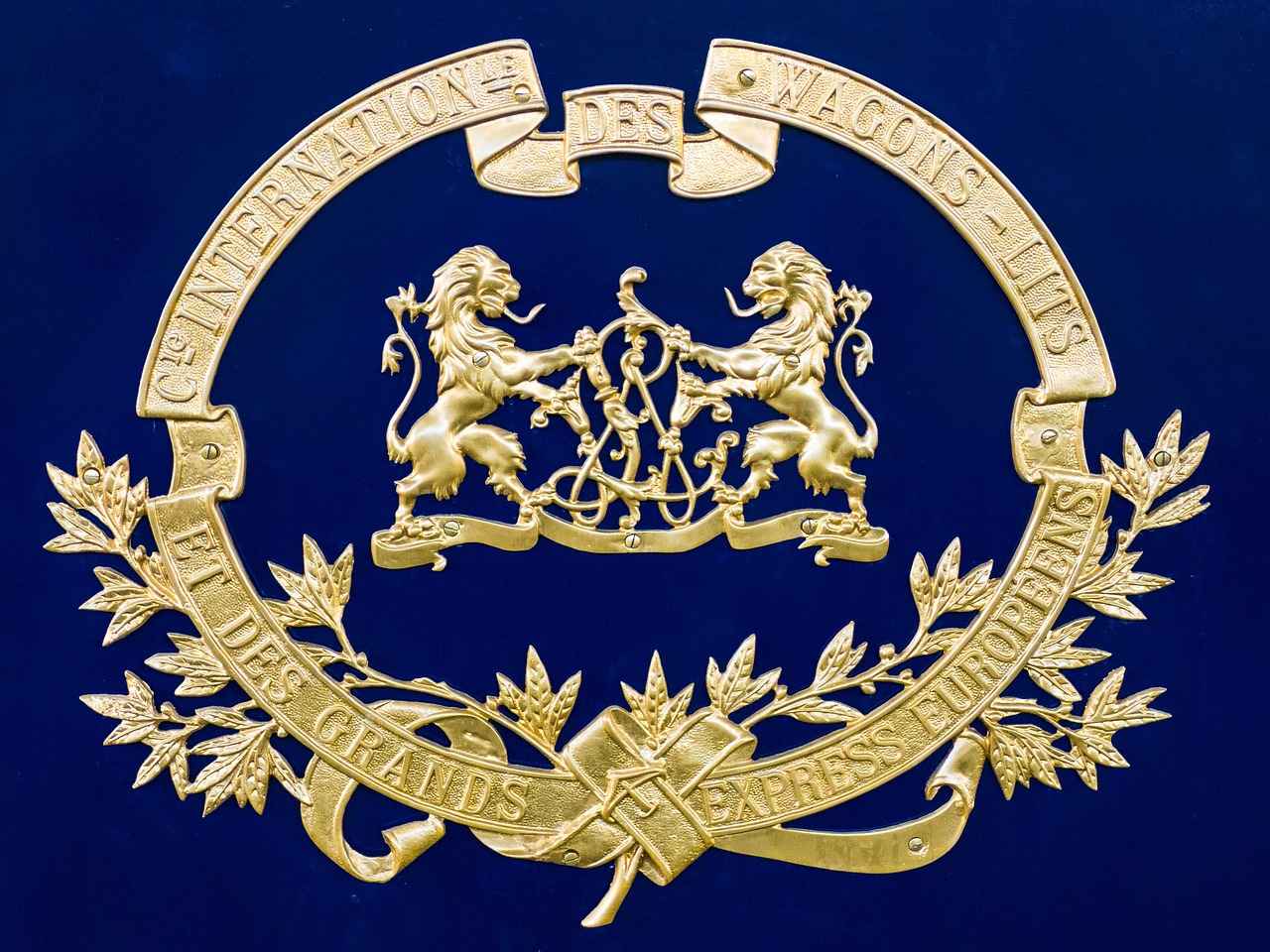
How Do Pricing Strategies Differ Among These Brands?
When it comes to luxury jewelry, the pricing strategies of Cartier, Tiffany & Co., and Bvlgari are as distinct as the brands themselves. Each brand has carved out its niche in the luxury market, and their pricing reflects various factors that influence customer perceptions and purchasing decisions.
The pricing of luxury jewelry is influenced by several key factors:
- Materials: The type and quality of materials used significantly impact the price. For instance, Cartier often uses high-quality gold and diamonds, while Tiffany is renowned for its exclusive engagement diamonds, and Bvlgari is known for its vibrant gemstones.
- Brand Positioning: Each brand has a unique market position. Cartier is often associated with royalty and heritage, while Tiffany embodies classic elegance. Bvlgari, on the other hand, is recognized for its bold and contemporary designs.
- Market Demand: The demand for specific pieces can drive prices up. Limited edition collections or high-profile collaborations can create a sense of urgency among consumers, leading to higher prices.
While all three brands are positioned in the luxury segment, their pricing strategies vary:
| Brand | Average Price Range | Notable Pricing Factors |
|---|---|---|
| Cartier | $1,500 – $100,000+ | Heritage, craftsmanship, and exclusivity |
| Tiffany & Co. | $500 – $50,000+ | Iconic branding, quality diamonds, and packaging |
| Bvlgari | $1,000 – $80,000+ | Italian craftsmanship, unique designs, and gemstones |
Consumers are often drawn to brands that align with their personal values and lifestyle. For example, Cartier’s high price points may appeal to those who value heritage and exclusivity, while Tiffany’s iconic blue box and marketing strategies attract couples looking for engagement rings. Meanwhile, Bvlgari’s modern aesthetic and use of colorful gemstones resonate with a younger demographic seeking unique pieces.
The perception of value plays a crucial role in how consumers respond to pricing. Luxury brands often leverage their history and craftsmanship to justify higher prices. For example, Cartier’s long-standing reputation for exquisite craftsmanship allows it to command premium prices. In contrast, Tiffany’s strong brand identity and emotional connection to milestones like engagements create a perceived value that justifies its pricing strategy.
Marketing strategies also significantly impact pricing. Each brand employs unique tactics to create a sense of exclusivity and desirability. Cartier often highlights its royal connections and heritage in its marketing campaigns, reinforcing its luxury status. Tiffany utilizes its iconic branding and storytelling to create an emotional connection with consumers, while Bvlgari focuses on bold, artistic visuals that appeal to a modern audience.
In conclusion, the pricing strategies of Cartier, Tiffany, and Bvlgari are influenced by a complex interplay of materials, brand positioning, market demand, and consumer perception. Understanding these factors can help consumers make informed decisions when investing in luxury jewelry.
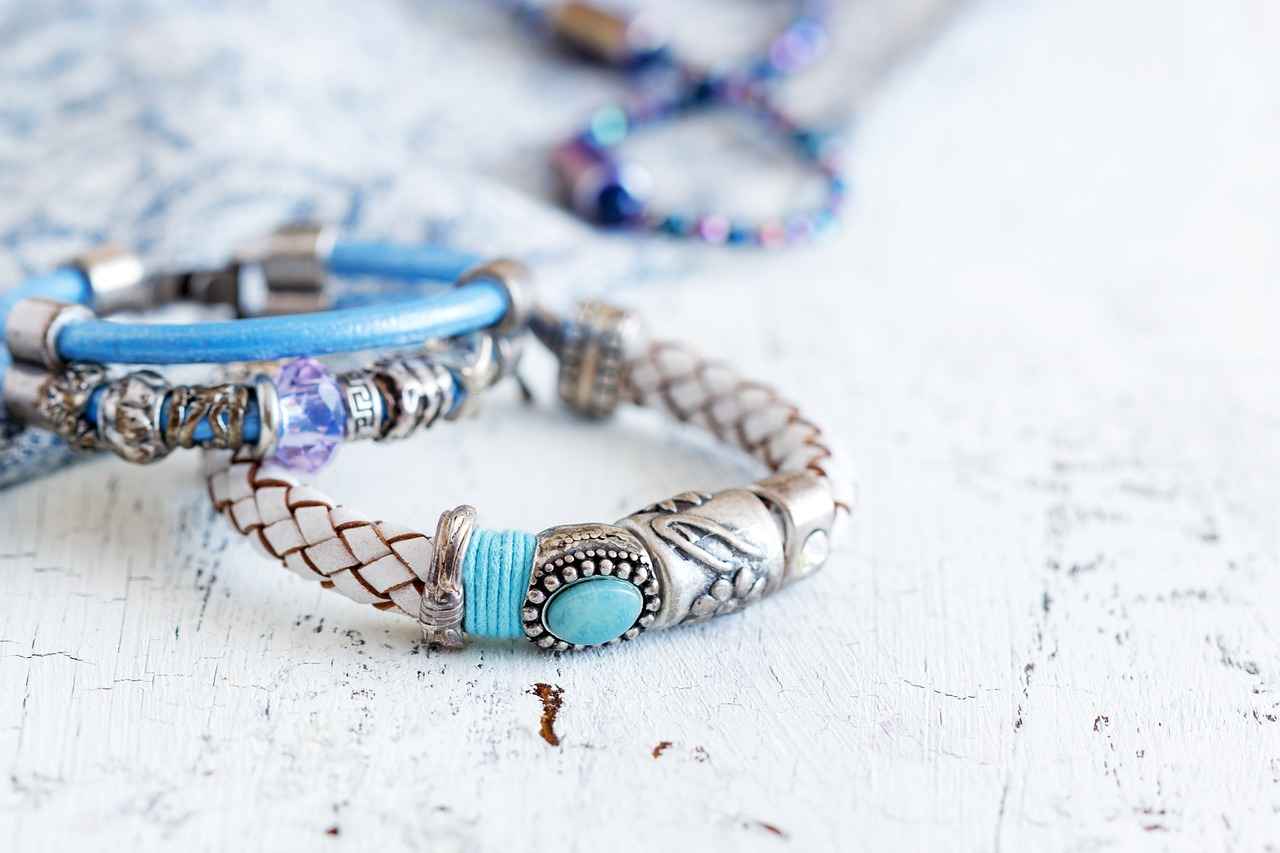
What Are the Key Marketing Strategies Used?
In the competitive world of luxury jewelry, effective marketing strategies are essential for brands like Cartier, Tiffany & Co., and Bvlgari to carve out their unique identities and attract discerning customers. Each brand employs a variety of innovative approaches tailored to their target audiences, ensuring they remain top-of-mind in the luxury market.
Celebrity endorsements have a significant impact on luxury brands, enhancing their visibility and desirability. Brands like Tiffany & Co. frequently collaborate with high-profile celebrities, leveraging their influence to reach a broader audience. For instance, the association of Tiffany with stars at prestigious events amplifies its image as a symbol of elegance and sophistication. On the other hand, Cartier utilizes endorsements from royals and fashion icons, reinforcing its status as a heritage brand that embodies timeless luxury.
Social media platforms have transformed how luxury brands communicate with consumers. Bvlgari, for example, actively engages its audience through visually captivating content on platforms like Instagram. By showcasing their vibrant and bold designs, they attract a younger demographic while maintaining their luxurious appeal. Similarly, Cartier employs social media to tell stories about their craftsmanship and heritage, creating a narrative that resonates with both traditional and modern consumers.
Hosting exclusive events is another strategy that luxury brands utilize to foster customer loyalty. Tiffany & Co. often organizes private viewings and bespoke experiences for its elite clientele, allowing customers to connect with the brand on a personal level. These events not only enhance customer relationships but also create a sense of exclusivity that is highly valued in the luxury market. Cartier also follows suit, offering personalized experiences that showcase their exquisite collections, further solidifying customer loyalty.
Collaborations and limited edition releases are powerful marketing tools in the luxury jewelry sector. For instance, Bvlgari has successfully partnered with renowned designers and artists to create exclusive pieces that generate buzz and excitement. These limited editions often sell out quickly, creating a sense of urgency among consumers. Similarly, Cartier’s unique collections, such as their seasonal offerings, keep the brand fresh and relevant in the ever-evolving luxury landscape.
Storytelling plays a crucial role in how luxury brands connect with their audience. Tiffany & Co. has mastered the art of storytelling, often highlighting the emotional significance of their products, particularly in engagement and wedding rings. This approach not only enhances the perceived value of their jewelry but also creates lasting memories for customers. Cartier employs a similar strategy, focusing on the legacy and craftsmanship behind each piece, which adds depth to their brand narrative.
Digital marketing strategies are vital for luxury brands to reach tech-savvy consumers. Cartier has invested in a robust online presence, utilizing targeted ads and SEO to attract potential customers searching for luxury jewelry. In contrast, Tiffany & Co. has embraced e-commerce, providing a seamless online shopping experience that mirrors the exclusivity of their physical stores. Bvlgari, too, focuses on enhancing user experience on their website, ensuring that the luxurious feel of their brand is maintained online.
The marketing strategies employed by Cartier, Tiffany & Co., and Bvlgari are multifaceted and tailored to their unique brand identities. From leveraging celebrity endorsements to harnessing the power of social media, these brands continuously innovate to capture the attention and loyalty of luxury consumers. As the landscape evolves, their ability to adapt and refine these strategies will be crucial for maintaining their esteemed positions in the luxury jewelry market.
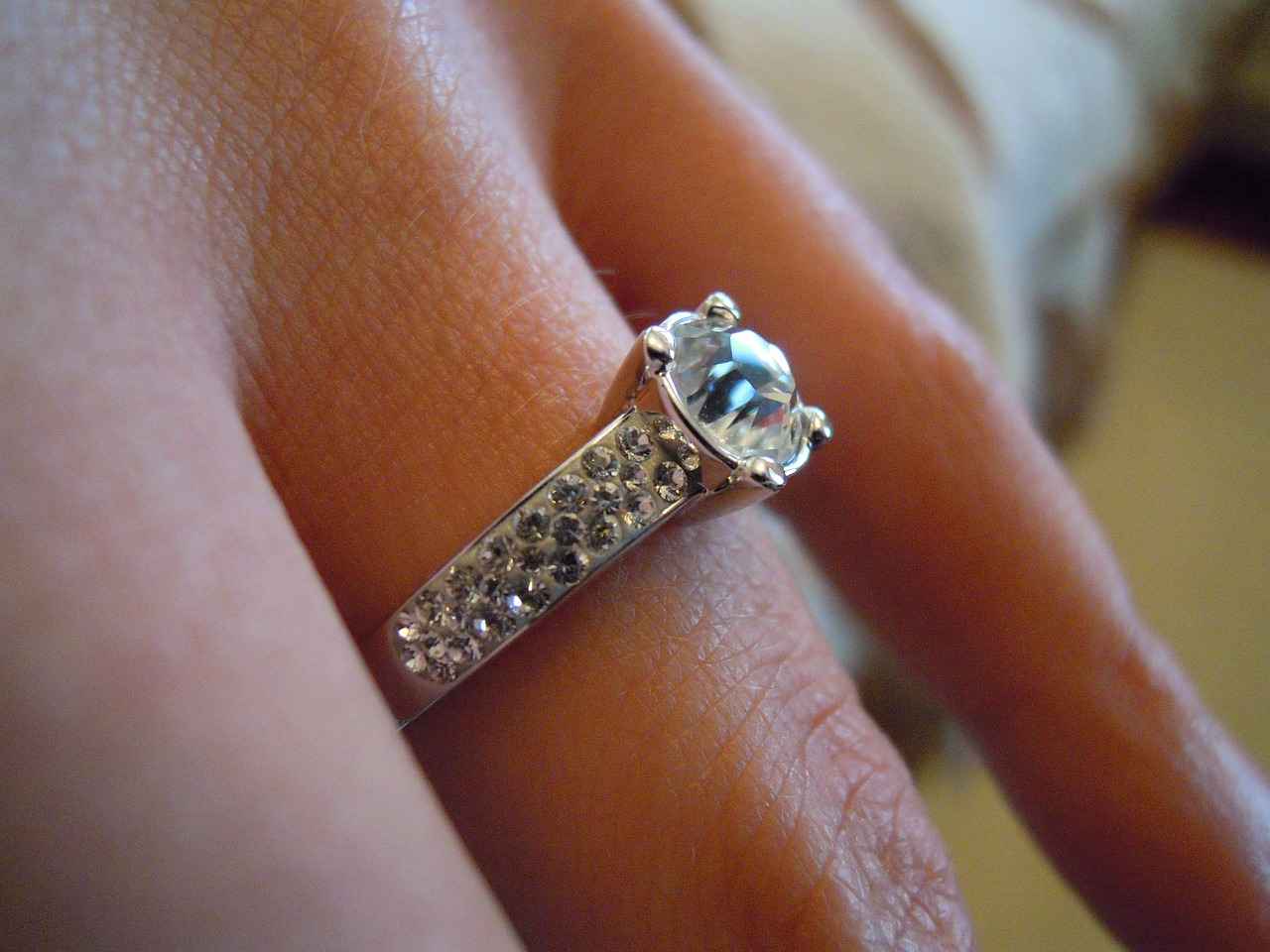
Which Brand Has the Strongest Brand Image?
When it comes to luxury jewelry, Cartier, Tiffany & Co., and Bvlgari are three names that consistently stand out. Each brand has cultivated a unique identity that resonates with consumers, shaped by their rich heritage, distinctive design philosophies, and unwavering customer loyalty. This article delves into the nuances of their brand images, examining how each brand’s history and values influence consumer perception.
Founded in 1847, Cartier is often referred to as the “jeweler of kings.” Its brand image is heavily influenced by its royal clientele and a commitment to exquisite craftsmanship. Cartier’s iconic pieces, such as the Love bracelet and Panthère de Cartier, embody a blend of elegance and innovation. The brand’s ability to maintain a sense of timelessness while adapting to modern trends has solidified its status as a leader in the luxury market.
Tiffany & Co. has become synonymous with luxury and romance since its inception in 1837. The brand’s signature blue box is instantly recognizable and serves as a powerful marketing tool. Tiffany’s emphasis on ethical sourcing and sustainable practices resonates with modern consumers, enhancing its brand image. The brand’s focus on engagement rings, particularly the Tiffany Setting, has made it a go-to choice for couples worldwide, further solidifying its place in the luxury jewelry sector.
Bvlgari, established in 1884, distinguishes itself through its bold designs and vibrant gemstones. The brand’s Italian heritage is reflected in its artistic flair and attention to detail. Bvlgari’s Serpenti collection, characterized by its unique forms and colors, showcases a daring approach to jewelry design. This distinctive style appeals to a diverse clientele, from fashion-forward individuals to traditional luxury consumers, enhancing its brand image as innovative and avant-garde.
Heritage plays a crucial role in shaping the brand images of Cartier, Tiffany, and Bvlgari. Each brand has a rich history that informs its current identity. Cartier’s royal connections, Tiffany’s romantic legacy, and Bvlgari’s Italian craftsmanship all contribute to their unique narratives. Additionally, customer loyalty is a significant factor; consumers often choose brands that resonate with their personal values and experiences. For instance, Tiffany’s commitment to ethical sourcing has attracted a loyal customer base that values sustainability.
The design philosophy of each brand also influences its image. Cartier is known for its classic elegance, often incorporating intricate details and timeless motifs. Tiffany, on the other hand, emphasizes simplicity and romance, creating pieces that are both beautiful and meaningful. Bvlgari’s designs are characterized by boldness and creativity, appealing to those who seek statement pieces. These differing philosophies highlight how design choices can impact consumer perception and brand loyalty.
Marketing strategies are integral to shaping the brand images of these luxury jewelry houses. Cartier often utilizes high-profile endorsements and collaborations with renowned designers to maintain its prestigious image. Tiffany & Co. leverages its iconic packaging and emotional storytelling in advertising campaigns, reinforcing its association with love and commitment. Bvlgari employs a more theatrical approach, showcasing its pieces in glamorous settings that emphasize luxury and exclusivity. Each strategy effectively communicates the brand’s identity and resonates with its target audience.
In conclusion, while Cartier, Tiffany, and Bvlgari each possess a strong brand image, their identities resonate differently with consumers. Factors such as heritage, design philosophy, and customer loyalty play significant roles in shaping these perceptions. Understanding these nuances can help consumers make informed choices when selecting luxury jewelry that aligns with their personal values and preferences.

What Are the Most Popular Products from Each Brand?
When it comes to luxury jewelry, three names consistently stand out: Cartier, Tiffany & Co., and Bvlgari. Each brand offers a unique collection of products that resonate with consumers, reflecting their preferences and the distinctive characteristics that define these prestigious labels. In this section, we delve into the most popular products from each brand, highlighting what makes them sought after in the luxury market.
Cartier is synonymous with elegance and sophistication. Among its most celebrated products, the Love Bracelet stands out. This iconic piece symbolizes love and commitment, featuring a unique locking mechanism that requires a special screwdriver for removal. Another notable product is the Panthère de Cartier collection, which showcases the brand’s exquisite craftsmanship through its intricate designs of the panther, a symbol of power and grace.
Tiffany & Co. revolutionized the jewelry industry with its engagement rings, particularly the Tiffany Setting. This design elevates the diamond above the band, maximizing its brilliance and sparkle. Additionally, the Tiffany Blue Box has become an emblem of luxury, representing the brand’s commitment to exceptional quality and service. The Return to Tiffany collection, featuring heart-shaped tags and charms, also showcases the brand’s playful yet elegant aesthetic.
Bvlgari is renowned for its bold and vibrant designs. The Serpenti collection, featuring snake-inspired pieces, is particularly popular, symbolizing transformation and renewal. The use of colorful gemstones and innovative designs makes these items highly desirable. Additionally, the Bvlgari B.Zero1 ring, known for its distinctive spiral design, has garnered a loyal following, blending modern aesthetics with classic luxury.
Each brand’s most popular products reflect specific consumer preferences and trends. Cartier’s offerings often appeal to those seeking timeless elegance and romantic symbolism. In contrast, Tiffany’s products cater to consumers who value tradition and iconic status, especially when it comes to engagements. Bvlgari, on the other hand, attracts those who prefer boldness and modernity in their jewelry choices.
- Cartier: Known for its exquisite craftsmanship and royal heritage.
- Tiffany & Co.: Celebrated for its innovative marketing and the iconic Tiffany Blue.
- Bvlgari: Recognized for its vibrant colors and modern design aesthetics.
In summary, the most popular products from Cartier, Tiffany, and Bvlgari not only highlight the unique attributes of each brand but also showcase the diverse preferences of luxury jewelry consumers. Understanding these offerings can help potential buyers make informed decisions, ensuring they choose pieces that resonate with their personal style and values.
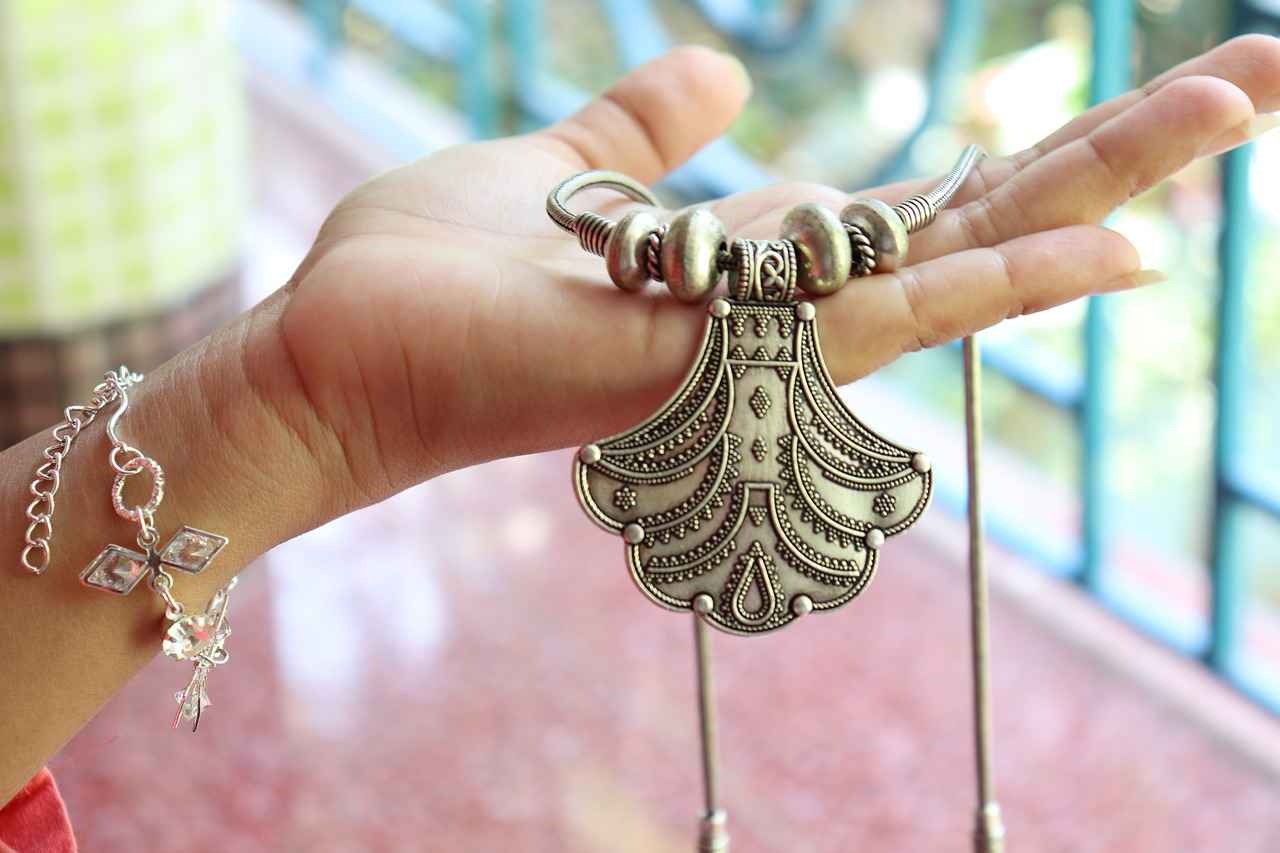
How Do Customer Experiences Compare Across the Brands?
In the world of luxury jewelry, customer experiences play a pivotal role in shaping brand loyalty and consumer satisfaction. For esteemed brands like Cartier, Tiffany & Co., and Bvlgari, understanding the nuances of service quality, shopping environments, and after-sales support is essential to maintaining their prestigious reputations. Each of these brands has developed unique approaches to enhance customer interactions, ensuring that their clientele feels valued and understood.
The service quality provided by luxury brands is often a reflection of their commitment to excellence. Cartier, known for its personalized service, offers bespoke consultations where clients can explore custom designs. This level of attention not only enhances the shopping experience but also fosters a deep connection between the brand and its customers.
Tiffany & Co., on the other hand, emphasizes a friendly and approachable service style. Their staff is trained to provide expert advice while maintaining a warm atmosphere, making customers feel at ease. This approach has contributed significantly to their reputation as a go-to destination for engagement rings and special gifts.
Bvlgari takes a different route by focusing on the luxury of the experience itself. Their boutiques are designed to immerse customers in a lavish environment, complete with exquisite decor and knowledgeable staff who can narrate the story behind each piece. This theatrical presentation enhances the overall shopping experience.
The shopping environment is crucial for luxury brands. Cartier’s boutiques are often characterized by their elegant and sophisticated interiors, creating a serene atmosphere that allows customers to appreciate the artistry of the jewelry. The layout is designed to guide customers through the collection seamlessly, making it easy to explore various pieces.
Tiffany & Co. is famous for its iconic blue box, which is not just a packaging element but a symbol of luxury. Their stores are bright and inviting, often featuring large windows displaying their most exquisite pieces. The overall ambiance encourages leisurely browsing, allowing customers to fully engage with the brand.
Bvlgari’s stores, with their bold designs and vibrant colors, create an energetic and dynamic shopping experience. The brand’s Italian heritage is evident in the decor, which often includes artistic elements that reflect their rich history in jewelry making. This unique environment attracts a diverse clientele, eager to explore the latest collections.
After-sales support is a critical aspect of the customer experience that can significantly influence brand loyalty. Cartier offers comprehensive after-care services, including maintenance and cleaning of jewelry, ensuring that their pieces remain in pristine condition. This commitment to customer care extends beyond the initial purchase, reinforcing the brand’s dedication to its clientele.
Tiffany & Co. also excels in after-sales support by providing lifetime guarantees on their engagement rings and other select pieces. This policy not only instills confidence in customers but also encourages them to return for future purchases, knowing they are backed by a reputable brand.
Bvlgari focuses on creating lasting relationships with customers through personalized follow-ups and invitations to exclusive brand events. This strategy not only enhances customer satisfaction but also fosters a sense of belonging within the Bvlgari community.
In conclusion, while Cartier, Tiffany & Co., and Bvlgari all prioritize customer experiences, they do so in distinct ways. From exceptional service quality to memorable shopping environments and robust after-sales support, each brand has crafted a unique approach to cater to its clientele. Understanding these differences can help consumers make informed choices about which luxury brand aligns best with their values and expectations.
Frequently Asked Questions
- What is the history behind Cartier?
Cartier has a fascinating history that dates back to 1847 when it began as a small jewelry shop in Paris. Over the years, it has transformed into a global luxury brand, known for its exquisite craftsmanship and a clientele that includes royalty and celebrities alike.
- How did Tiffany & Co. become so popular?
Tiffany & Co. was founded in 1837 and quickly became a household name thanks to its innovative marketing strategies, especially the iconic blue box. This clever branding has made Tiffany synonymous with luxury and elegance, captivating customers worldwide.
- What sets Bvlgari apart from other luxury brands?
Bvlgari, established in 1884, is known for its bold and vibrant designs that incorporate Italian craftsmanship with a modern twist. Its unique approach to jewelry design appeals to a diverse audience, making it a standout in the luxury jewelry market.
- How do the craftsmanship standards compare?
All three brands—Cartier, Tiffany, and Bvlgari—maintain high standards of craftsmanship. However, they differ in their techniques and materials, which influences the uniqueness and overall quality of their jewelry pieces.
- What are the signature collections of these brands?
Each brand has its signature collections that highlight their distinctive styles. For instance, Cartier is famous for its Love bracelet, Tiffany is known for its engagement rings, and Bvlgari showcases the stunning Serpenti line.

